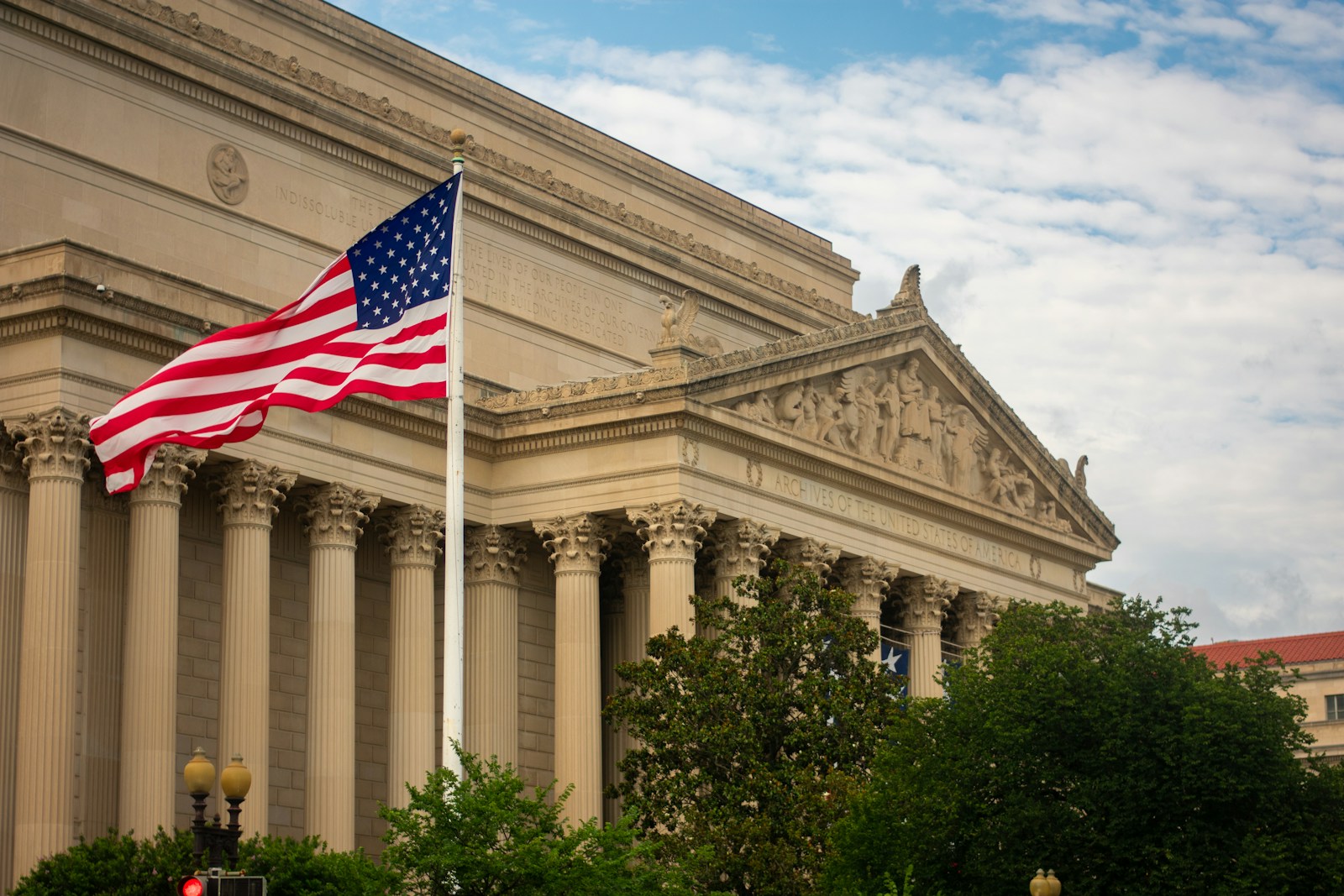Key Takeaways
- The Supreme Court’s debate on tariff refunds exposed worries about presidential power limits.
- Justice Barrett asked how the government would handle refunds if tariffs prove unconstitutional.
- Critics say Justices Barrett and Alito steered the talk away from core legal questions.
- Experts expect any refund order to land in a lower court, not at the high court.
The Supreme Court held arguments over whether the president may impose tariffs under a 1970s law. Yet much of the talk shifted to tariff refunds. Justice Amy Coney Barrett wondered aloud how messy it would be to return money if the court rules against the president. Meanwhile, Justice Samuel Alito made a snarky remark that surprised observers. Critics say the justices sidestepped the real question of who has authority to set trade policy.
What Are Tariffs and Why Do They Matter?
A tariff is a tax on imported goods. Governments use tariffs to protect local industries or to pressure other countries. When the U.S. charges a tariff, foreign-produced items cost more here. Consumers often pay the higher price, directly or indirectly. Therefore, tariffs can boost some businesses but also raise costs for buyers.
How Trump Used the Emergency Powers Law
President Trump cited the International Emergency Economic Powers Act, or IEEPA, to justify new tariffs. He argued that the U.S. faced a crisis so dire it became a national emergency. Under that law, the president can seize property or impose trade rules in an emergency. Critics say Congress, not the president, must approve big trade changes.
Why Justices Raised the Issue of Tariff Refunds
During oral arguments, Barrett asked the government’s lawyer how refunds would work if the court strikes down the tariffs. She said, “If you win, tell me how the reimbursement process would work. Would it be a complete mess?” Her question forced everyone to imagine a giant refund program. That could involve thousands of companies claiming back billions in tariff payments.
Could Refunds Really Be a “Mess”?
Justice Barrett’s scenario sounds chaotic. Yet economic historian Phil Magness pointed out that the Trump administration already said it could handle refunds. The government said it would meet such a remedy if a court orders it. However, the details remain vague. For example, who gets priority? Do small businesses apply first? Would some claims take years?
How Critics View the Justices’ Focus
Many Supreme Court watchers slammed Barrett and Alito for pivoting to tariff refunds. They say this move distracted from the key issue: whether the president has power to set tariffs under IEEPA. One commentator noted that Alito’s quip to opposing lawyer Neal Katyal seemed designed to change the subject. Critics fear this tactic could let the court dodge a ruling on executive authority.
What Happens Next in the Court Fight
After oral arguments, the justices will meet to debate. They may rule that the president exceeded his power. If so, they could block the tariffs. Yet experts predict the high court will punt on refund details. Instead, lower courts would sort out which companies get money back and how. That path lets the Supreme Court avoid a big administrative headache.
Why Tariff Refunds Matter for Future Cases
The talk of tariff refunds highlights a larger question: Can a president use emergency powers for broad economic moves? If the court says no, it could curb future presidents. Moreover, companies watching this case may file refund lawsuits even before a decision. They hope to build pressure on the government now. Therefore, the debate over tariff refunds could shape trade policy for years.
Key Players in the Debate
Justice Amy Coney Barrett – Raised questions about how tariff refunds would work.
Justice Samuel Alito – Made a pointed remark suggesting the focus had shifted.
Neal Katyal – Lawyer arguing against broad presidential tariff power.
Phil Magness – Economic historian who noted the administration’s refund readiness.
W. Blake Gray – Columnist who said refund talk will likely land in lower courts.
The Road Ahead for Tariff Refunds
Ultimately, the Supreme Court may issue a narrow ruling. It could say the president lacked authority for the past tariffs but leave refund rules to trial courts. In that case, companies would file individual lawsuits for refunds. Lawyers would debate how much each firm paid and under which tariff codes. All of this could take years.
Takeaways for Readers
For students and observers, this case shows how high courts manage big policy fights. Rather than settling every detail, they often decide core legal questions and send messier parts to other courts. As a result, the world of trade law can remain murky even after a major decision.
Frequently Asked Questions
What is the International Emergency Economic Powers Act and why does it matter?
The law lets the president act in a declared national emergency. It covers seizing property and imposing trade rules. Critics say Congress should handle big economic changes.
How would tariff refunds work if the court rules against the president?
Experts expect lower courts to set up refund procedures. Companies would file claims for money they paid under tariffs deemed unlawful.
Why did Justices Barrett and Alito focus on refund chaos?
They wanted to highlight practical problems. Critics say this shift distracted from the main issue of presidential power.
What could this case mean for future trade policy?
If the court limits presidential tariff power, future presidents may need Congress for big trade moves. That could change how quickly the U.S. responds to economic crises.

